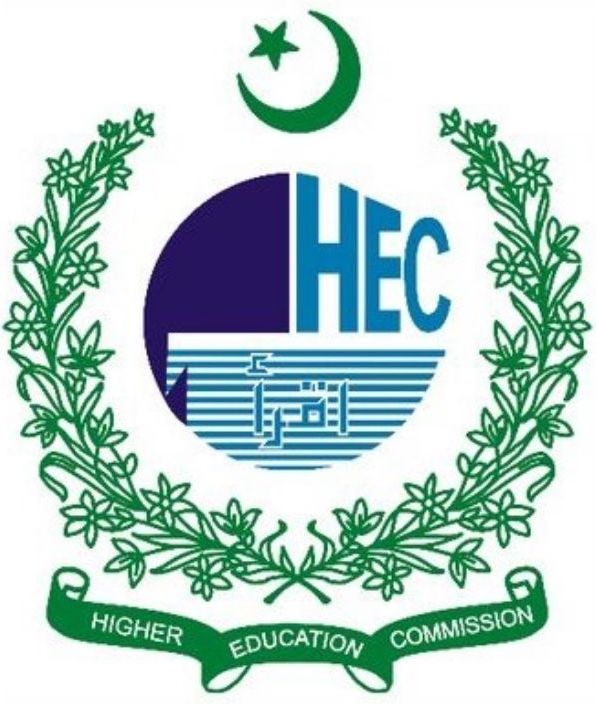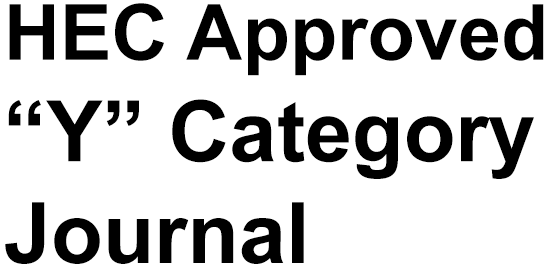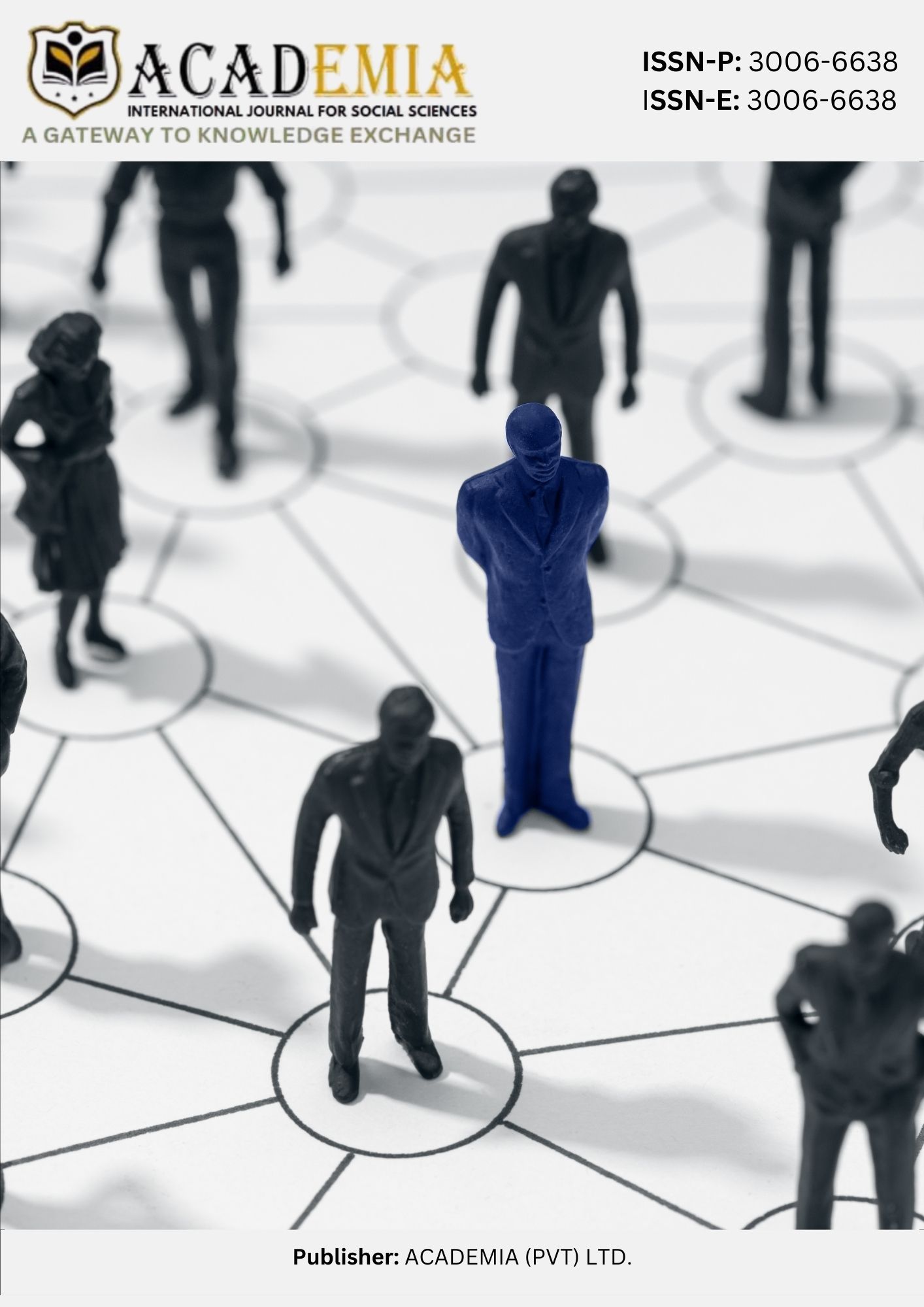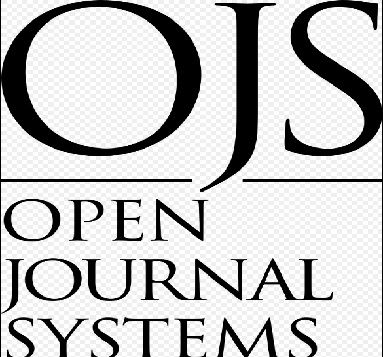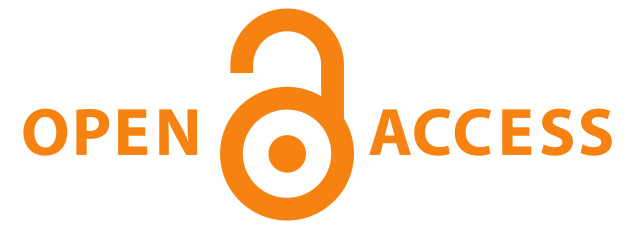Belt and Road Initiative for Sustainable Development (BRISD) for Pakistan: Aligning with the 5Es Framework
DOI:
https://doi.org/10.63056/Keywords:
Belt and Road Initiative (BRI); UN Sustainable Development Goals (SDGs); Pakistan Vision 2050; 5E FrameworkAbstract
Belt and Road Initiative (BRI), which has already accumulated global investments of over one trillion dollars, provides not only transformation prospects but also considerable challenges to the participating countries. In the case of Pakistan, one of the major beneficiaries due to the China-Pakistan Economic Corridor (CPEC) worth around $62 billion, it is important to capitalize on the initiative to realize the long-term development goals of Vision 2050. The rationale behind the writing of this research article is the creation of an analytical model of how BRI inspired investments can be aligned to the United Nations Sustainable Development Goals (SDGs) so that the growth of infrastructure can be converted into sustainable national development. The main idea of the given study is to present a 5E framework-Export-led growth, E-Pakistan digitalization, Environmental resilience, Energy security, and Equity and social empowerment- a way of governance and an evaluation mechanism. The research study begins with identifying the literature gap and highlighting how this study seeks to contribute to and expand the current body of knowledge. The second part presents the theoretical framework, focusing on how the Belt and Road Initiative for Sustainable Development (BRISD) can be effectively implemented through Pakistan’s 5Es framework. This section illustrates that the future of Pakistan China cooperation is not limited to the construction of highways, roads, and power grids, but extends toward the transformation of Pakistan’s economy and society to achieve a sustainable future. The third part discusses the methodological approach, detailing the use of both primary and secondary sources to develop a comprehensive understanding of the topic. Finally, the study examines how the Belt and Road Initiative is evolving into a new phase the BRISD for Pakistan ensuring that the benefits of development are equitably shared among all citizens and that this ironclad friendship supports Pakistan’s own sustainable development agenda.
Downloads
Published
Issue
Section
License
Copyright (c) 2025 Saba Farah, Mahnoor Javed, Umair Khan, Hadia Safeer Choudhry (Author)

This work is licensed under a Creative Commons Attribution 4.0 International License.


